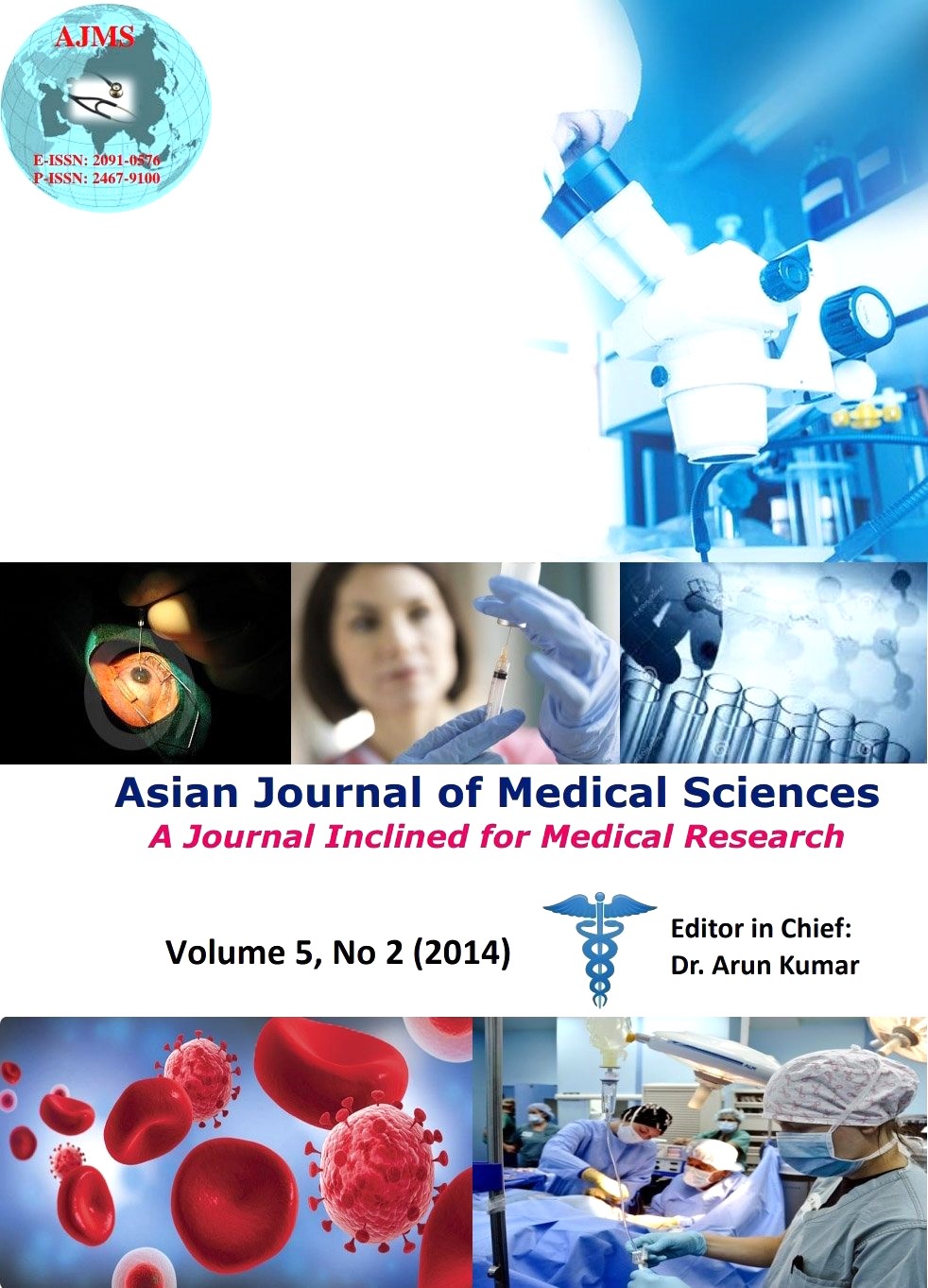Atypical Presentation of Typhoid Fever
Keywords:
Typhoid fever, Typhoid hepatitis, Thrombocytopenia, JaundiceAbstract
The classical presentation of typhoid has changed over the years. Atypical presentation of typhoid is now seen in clinical practice. Entericfever can present with atypical manifestations like abdominal lymphadenopathy, acute acalculous cholecystitis, osteomyelitis, splenic abscess and Pneumonia. Jaundice splenic abscess and thrombocytopenia in a febrile patient in the tropics is commonly due to Malaria, Leptospirosis and Dengue. We report a case of typhoid fever presenting with jaundice and thrombocytopenia. A 17 year old male presented to us with history of fever and jaundice. Investigations revealed thrombocytopenia and conjugated hyperbilirubinemia. Blood culture grew Salmonella Typhi. He was treated with ceftriaxone and he improved. A diagnosis of typhoid fever must be considered in a febrile patient with jaundice and thrombocytopenia in the tropics.
DOI: http://dx.doi.org/10.3126/ajms.v5i2.8584
Asian Journal of Medical Science, Volume-5(2) 2014: 140-142
Downloads
Downloads
Published
How to Cite
Issue
Section
License
Authors who publish with this journal agree to the following terms:
- The journal holds copyright and publishes the work under a Creative Commons CC-BY-NC license that permits use, distribution and reprduction in any medium, provided the original work is properly cited and is not used for commercial purposes. The journal should be recognised as the original publisher of this work.
- Authors are able to enter into separate, additional contractual arrangements for the non-exclusive distribution of the journal's published version of the work (e.g., post it to an institutional repository or publish it in a book), with an acknowledgement of its initial publication in this journal.
- Authors are permitted and encouraged to post their work online (e.g., in institutional repositories or on their website) prior to and during the submission process, as it can lead to productive exchanges, as well as earlier and greater citation of published work (See The Effect of Open Access).




